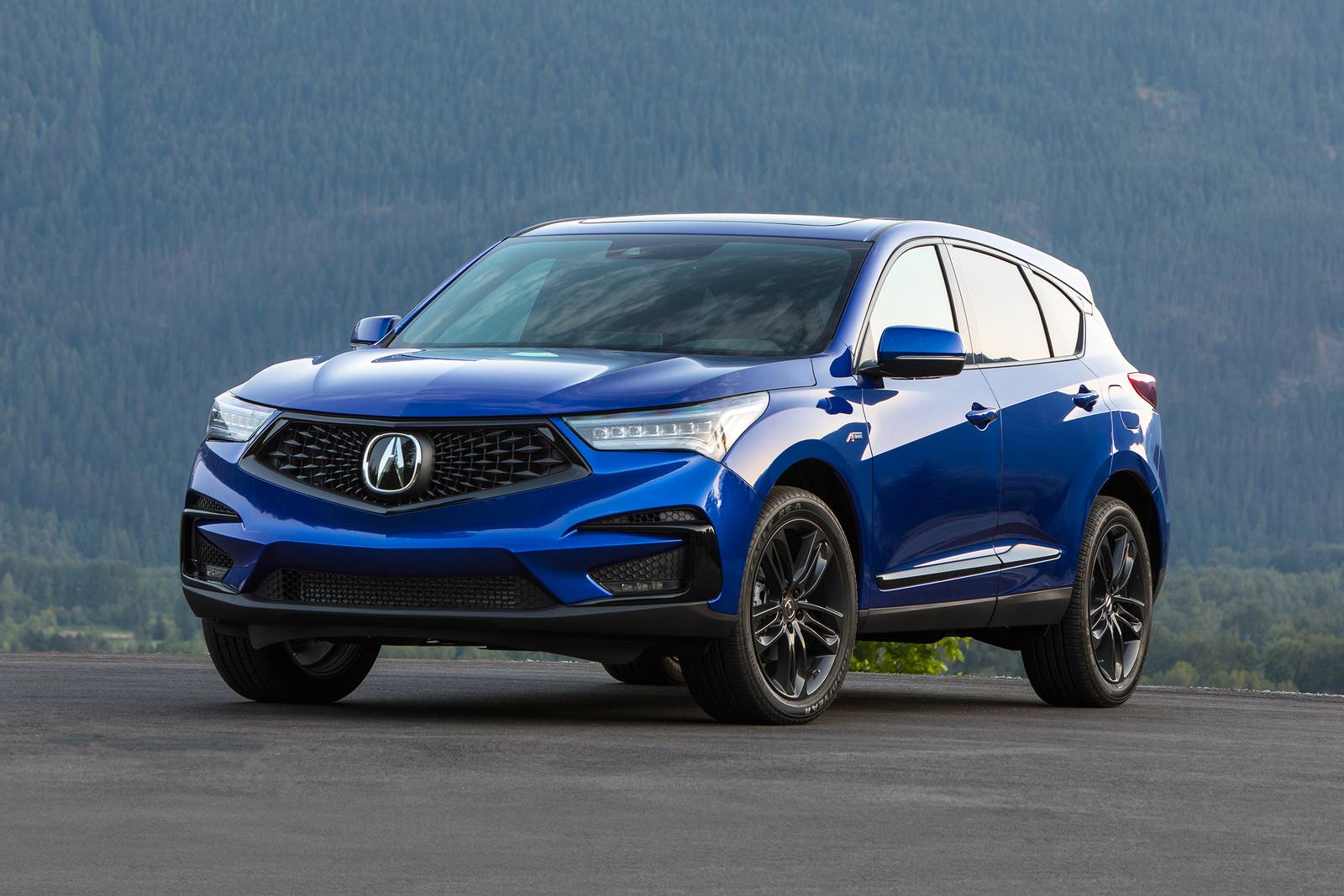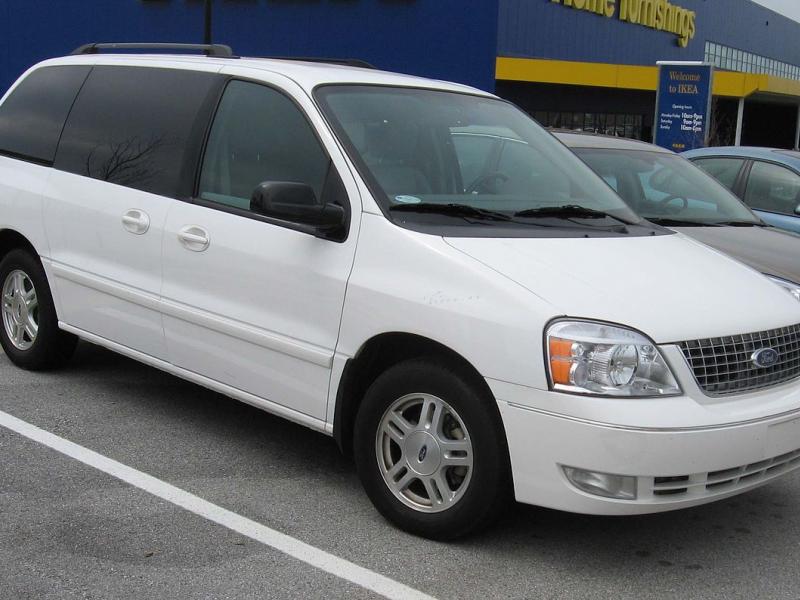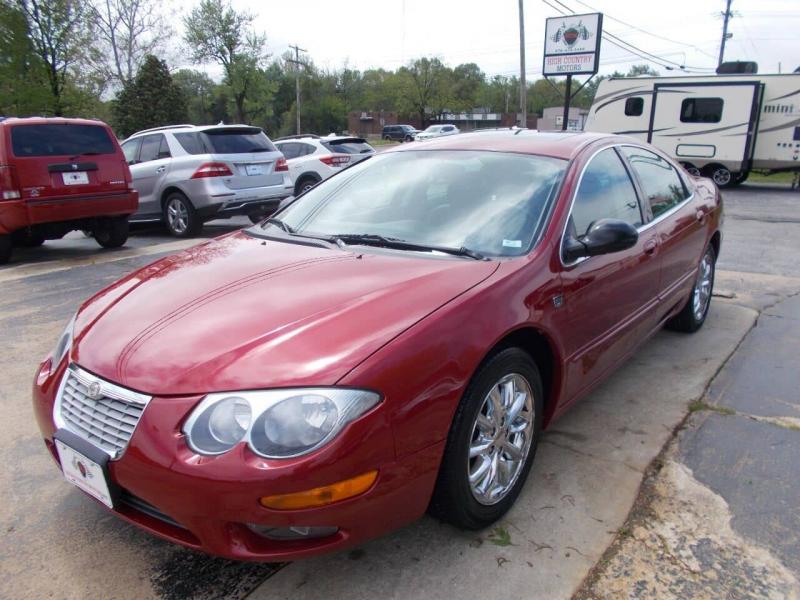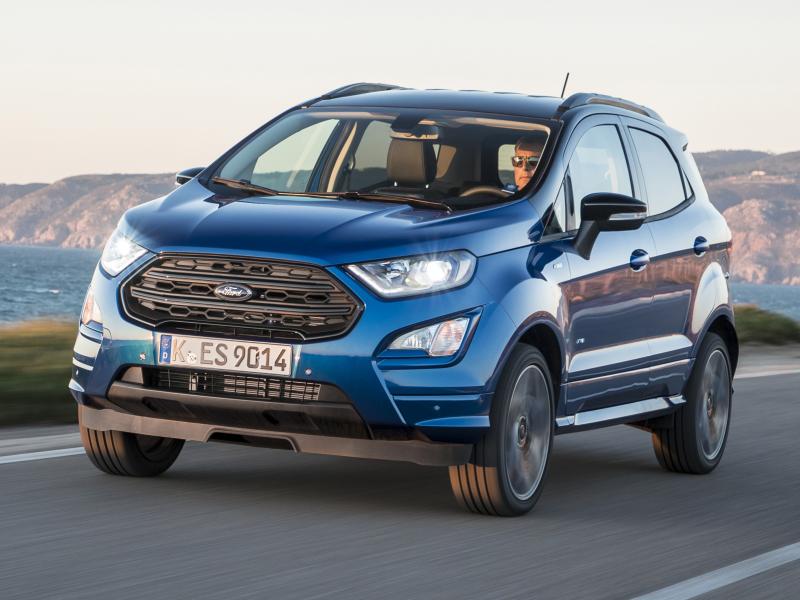VW Passat CC Details
Wed, 02/08/2012 - 17:13
Volkswagen released details of the European 2013 CC ahead of its market launch in February 2012 in Germany, then in stages across Europe, America, Russia, China.
With new front and rear styling, the new Volkswagen CC design makes an even bolder move towards the automotive luxury class. No less is true of its extended range of standard equipment, which now includes such features as bi-xenon headlights with static cornering lights and a new LED rear lighting design.
It also comes with loads, and we do mean loads, of standard equipment, including fatigue detection, RCD 310 radio-CD system, stainless steel door sill plates and safety head restraints (front seats) with additional front-rear adjustment. In addition, new assistance systems are making their way into the CC. They include optional technologies such as Side Assist Plus including Lane Assist (warns of vehicles in blind spots and supports the driver via steering intervention to avoid an accident).
Details of the engine lineup as well as a closer look at the styling in the press release below:
The Volkswagen CC will be powered by innovative petrol and diesel direct-injection engines; all of the diesels (TDI) are equipped with a Stop/Start system and a battery regeneration mode (which recovers braking energy) as standard equipment. All petrol engines also have battery regeneration functionality. The TDI engines output 103 kW / 140 PS and 125 kW / 170 PS. The petrol engines of the European CC versions develop an impressive 118 kW / 160 PS, 155 kW / 210 PS and 220 kW / 300 PS of power. In the USA, the Volkswagen will once again launch with 147 kW / 200 PS (TSI) and 206 kW / 280 PS (FSI) petrol engines. All engines up to 210 PS may be combined with a dual clutch gearbox (DSG) as an option. The European six-cylinder version (300 PS) is delivered with DSG and 4MOTION all-wheel drive as standard equipment. In the case of the 280 PS US-CC that also sports all-wheel drive, a torque converter automatic is used. All engines go to work with excellent efficiency: the 140 PS TDI offered in Europe, for example, together with a manual six-speed gearbox consumes just 4.7 l/100 km (equivalent to 125 g/km CO2); with DSG fuel consumption is 5.3 l/100 km. The 200 PS TSI – a popular engine in America – attains a fuel economy of 21 (City) / 33 mpg (Highway) with manual gearbox and 22 / 31 mpg in the DSG version.
Design – Volkswagen CC shifts segment boundaries
The team led by Klaus Bischoff, Head of Design for the Volkswagen Brand, reworked the front and rear body sections of the Volkswagen CC. This has given the Volkswagen an even more elegant yet dynamic overall image. New alloy wheels and car colours complement other exterior modifications.
Front end. In front, the eye is draw to the new designs of the radiator grille, bi-xenon headlights and bonnet. Optional LED daytime running lights are integrated in the headlight housings. Even more than on the previous model, the entire area of the new front bumper, headlights and radiator grille exhibits clean lines that correspond 1:1 to Volkswagen ‘design DNA’ styling. This DNA is marked by such characteristics as an emphasis on horizontal lines and a concise harmony of the headlights and radiator grille. The latter is no longer designed as a separate V framed by elements in the body colour, rather it forms a visually continuous, charismatic band together with the headlights. Similar to the US-Passat and the Phaeton, the new Volkswagen CC also has an extra air intake beneath the body-coloured bumper. ‘Winglets’ are integrated in this intake with fog lights arranged next to them.
Despite its independent design, the front end makes a clear statement that the ‘comfort coupé’ belongs to a global brand. Consider the radiator grille: with its 3 chrome fins it bears a stylistic resemblance to the US-Passat (produced in Chattanooga, Tennessee) and the Phaeton (produced at ‘Gläserne Manufaktur’ – the Transparent Factory – in Dresden). Like the previous model, the Volkswagen CC is also produced at Volkswagen’s plant in Emden, Germany; this state-of-the-art factory has direct access to an overseas port from which the four-door coupé can be shipped to all regions of the world within a few days. Back to the car’s design:
Side profile. Although the frameless doors of the VW CC are unmodified, its side profile shows a new look too. Several factors are at work here: in front, the more powerful design of the bonnet – in interplay with the new bumper design – sharpens the car’s silhouette. Meanwhile, the much more distinctively sculpted side sills between the wheel housings stand out; they make a visual connection between the front and rear bumpers. At the rear, the bumper now has greater volume and transparency; together with the coupé-like styling of the C-pillars and the very long swept-back rear window, this generates a very special dynamic.
Rear section. As at the front of the car, designers also completely redesigned the rear bumper. This involved modifying the wrap-around chrome strip that is typical of the Volkswagen CC and of course the VW logo, which once again serves as the handle for opening the bootlid. In models with Rear Assist, a rear-view camera was integrated in the VW logo as well. The entire rear section now shows more straight-line surfaces and a greater emphasis of horizontal lines. Also fitting with this image is the new design of the rear lights; at their lower ends, the lights now finish with a horizontal sweep. In contrast to the previous model, the new rear lights have LED lighting elements that exhibit very quick response, economy and long life. The distinctive look of these lights makes the CC unmistakable from the rear, even at night. The licence plate is illuminated with LED lighting, too.
Interior – 4 or 5 seats as needed
The standard seating configuration of the Volkswagen CC includes four seating positions. In front, the car always comes with ergonomic sport seats designed for long trips. In the rear, a continuous bench seat (3 seats) is available as an alternative to the standard system with 2 individual seats. The interior exhibits a style that is as dynamic as it is elegant. The dashboard was already modified once last year; since then, the two storage drawers integrated above the centre console in the first generation CC were replaced by an analogue clock in the style of that in the Phaeton. Another new option is a brown interior; this includes the dashboard, which coordinates especially well with the also reconfigured wood accents and colours of the leather seats.
Standard features – uncompromising comfort and safety
Standard Volkswagen CC equipment has always included such features as dual tailpipes, 17-inch alloy wheels with mobility tyres, sport seats, various cupholders, chrome surrounds on switches and air vents, air conditioner, sport chassis, ‘Auto-hold’ function, hill start assistant, automatic control of running lights with ‘Leaving home’ and ‘Coming home’ functions, automatic bootlid opening from the interior, DCC dynamic chassis control (from 125 kW / 170 PS) and, of course, the ESP electronic stabilisation programme and 6 airbags.
This range of features was considerably extended in the new model. Standard exterior features that were added include the already mentioned bi-xenon headlights, static cornering lights, headlight washing system, LED rear lights, LED licence plate illumination and more prominent side sill flares. New interior features that are standard on all models: fatigue detection system, RCD 310 radio-CD system, front head restraints with longitudinal ‘X adjustment’, stainless steel door sill plates and (in Germany) the multifunction steering wheel. As an option, the driver can now see which rear seat occupants are buckled up without having to look back – via the ‘seatbelt status indicator’ in the multifunction display of the instrument cluster. For even better dynamic performance and comfort in fast curves there is the XDS transverse differential lock (from 125 kW). Already offered since 2011, and no less innovative, is a fuel-saving free-wheeling mode for all 100, 103 and 125 kW versions with a DSG dual clutch gearbox; it decouples the engine from the transmission during coasting phases, improving fuel economy.
Optional features – systems of the luxury class
The car’s exceptional optional features include the lane-changing assistant Side Assist Plus that integrates the Lane Assist lane-keeping assistant; the combination of these two systems now implemented represents a significant functional extension and a gain in safety. Also new in the Volkswagen CC: the sensor-controlled Easy Open system for opening the bootlid by a foot movement behind the vehicle (in conjunction with Keyless Access), Dynamic Light Assist (dynamic main beam control), Park Assist 2.0 (automatic parking assist for parking spaces either perpendicular or parallel to the roadway with 360° Optical Parking System [OPS]), ACC (adaptive cruise control with Front Assist surroundings monitoring system and City Emergency Braking), DCC (dynamic chassis control), active climate seats (front) with massage function, windscreen (climate comfort window) that is heated without wires and infrared-reflecting as well as noise-insulating side windows made of laminated safety glass. Those wanting to tow a boat or horse trailer will enjoy the electrically deploying towbar that is now available.
Other options available in the new Volkswagen CC include a transparent panoramic sunroof, radio-navigation systems (optionally with integrated camera-based traffic sign detection), sound systems (such as the ‘Dynaudio Confidence’ with 300 Watts), hands-free telephone units, multimedia interface (MEDIA-IN), garage door opener integrated in the sun visor, ambiance lighting in the door accent panels, 17, 18 or 19-inch alloy wheels, tyre pressure monitoring system (with indicators for each individual wheel), auxiliary heating system and leather options.
Those customers who choose the automatic climate control system will immediately enjoy the benefits of the humidity sensor; this sensor – located near the rear-view mirror inside the car – measures air humidity and regulates the Climatronic system to prevent window condensation and maintain the relative humidity in the passenger compartment at a pleasant level. Another benefit: fuel consumption and emissions are reduced, since the humidity sensor permits operation of the air conditioning compressor only when needed. CO2 emissions are reduced by 1.1 g/km – that might not seem like much by itself, but it becomes significant together with numerous other fuel-saving measures.
Related posts:
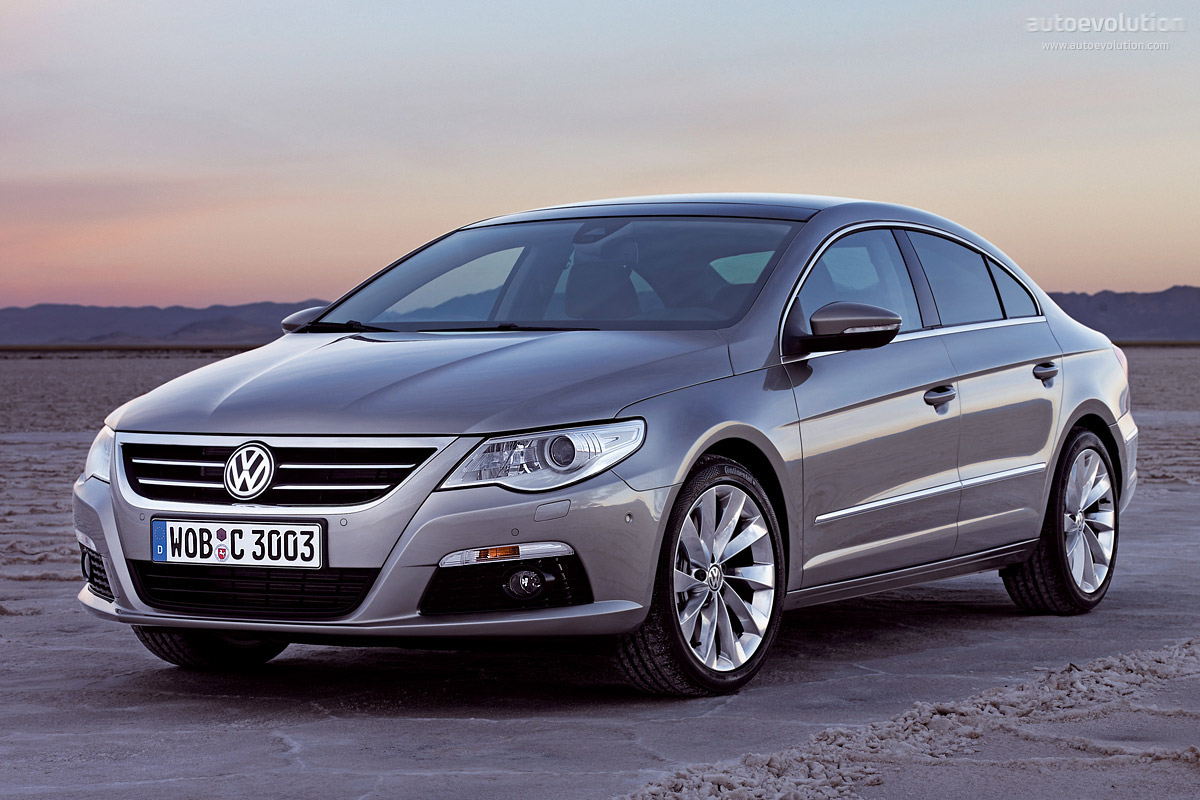
[{"target_id":"257715","alt":null,"title":null,"width":"1200","height":"800","url":"\/sites\/default\/files\/articles-images\/8d\/VOLKSWAGENPassatCC-3864_1.jpg"},{"target_id":"257716","alt":null,"title":null,"width":"1000","height":"1000","url":"\/sites\/default\/files\/articles-images\/c4\/vw-passat-cc-details.jpg"}]

